Recently, I bought a pair of off-white, wide-leg pants that I have no opportunity to wear. In fact, they’re a liability in my house of four young children who love chocolate.
Even as I clicked ‘buy’, I knew they’d sit in my wardrobe for the next two months, but it didn’t matter: the thought of wearing them at some point in the future – with the T-shirt and sandals I’ve already picked out – made me disproportionally happy.
Turns out, I’d fallen victim to ‘dopamine dressing’, the trend towards buying fun, whimsical and often colourful pieces that bring happiness. And as counter-intuitive as it seems right now, many Australian consumers are shopping the same way.
“Our customer is shopping like she’s ready to go out,” says Bridget Veals, David Jones’ general manager for womenswear, footwear and accessories. “When the first lockdown lifted, she was buying heels and dresses, and even now we’re seeing sell-through online with some brands that makes you think we’re not in lockdown at all. WA and Queensland are buying a lot of fashion, and we’ve got a lot of colour – from pops of yellow and pink, to citrus – coming through.”
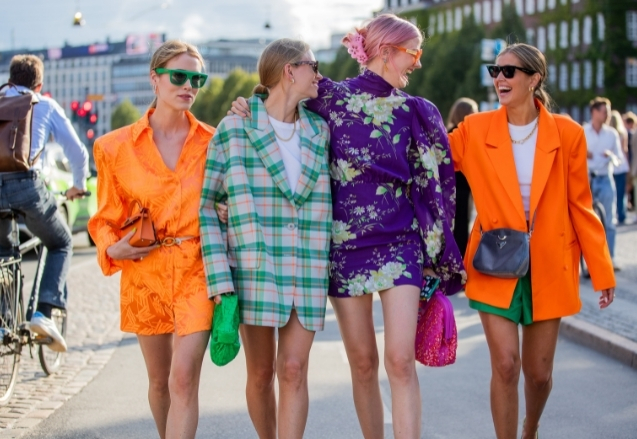
For Vogue Australia’s fashion features editor Alice Birrell, this “explosion of colour” signals our hankering for happier times.
“Clothing holds our projections – where we’ll go in that dress, those shoes – and I think it’s telling that colour and brightness are winning out,” she says. “We’re holding steadfast to optimism in our carts, even if we don’t feel it at all times in our minds.”
The idea of ‘dopamine dressing’ isn’t new; the term first appeared about five years ago as a way of discussing the connection between clothes and mood (and also, let’s be honest, because the alliteration is nice).
Dopamine is the neurotransmitter in the brain that motivates us to seek reward, which means it’s often erroneously described as a pleasure hormone. But the connection between what we wear and how we feel is more complex than just bright colours triggering happiness.
“The sociocultural associations we have with colour are not universal, but rather the properties of the environments in which they’ve developed,” says Professor Carolyn Mair, behavioural psychologist, author of The Psychology of Fashion. So, if you’ve been brought up in a culture that regards, say, yellow as a happy colour, that belief can influence how you feel when you wear it.
Earlier this year, international brands such as Prada, Alberta Ferretti and Baum und Pferdgarten showed block colour brights that spoke to the optimism that Europe and the US was feeling as the end of lockdown loomed. Now, they’ve been joined by local brands such as Aje, Matteau and Country Road.
As Veals points out, bright colours have always been popular here, thanks to our climate, but everything from colour to cut is exaggerated this coming season. “If it’s a mini skirt, it’s very mini,” she observes.
Of course, if the thought of dressing like a crazed maximalist makes you shudder, you might want to incorporate just one or two brights into your look, like a slip-on shoe in a cyclamen pink or daffodil yellow.
Similarly, if you can’t quite let go of comfortable trousers, you could look wear them in a bold print, says Birrell.
“It’s all about pieces that capture the spontaneity of summer, where fun and joy come first.”


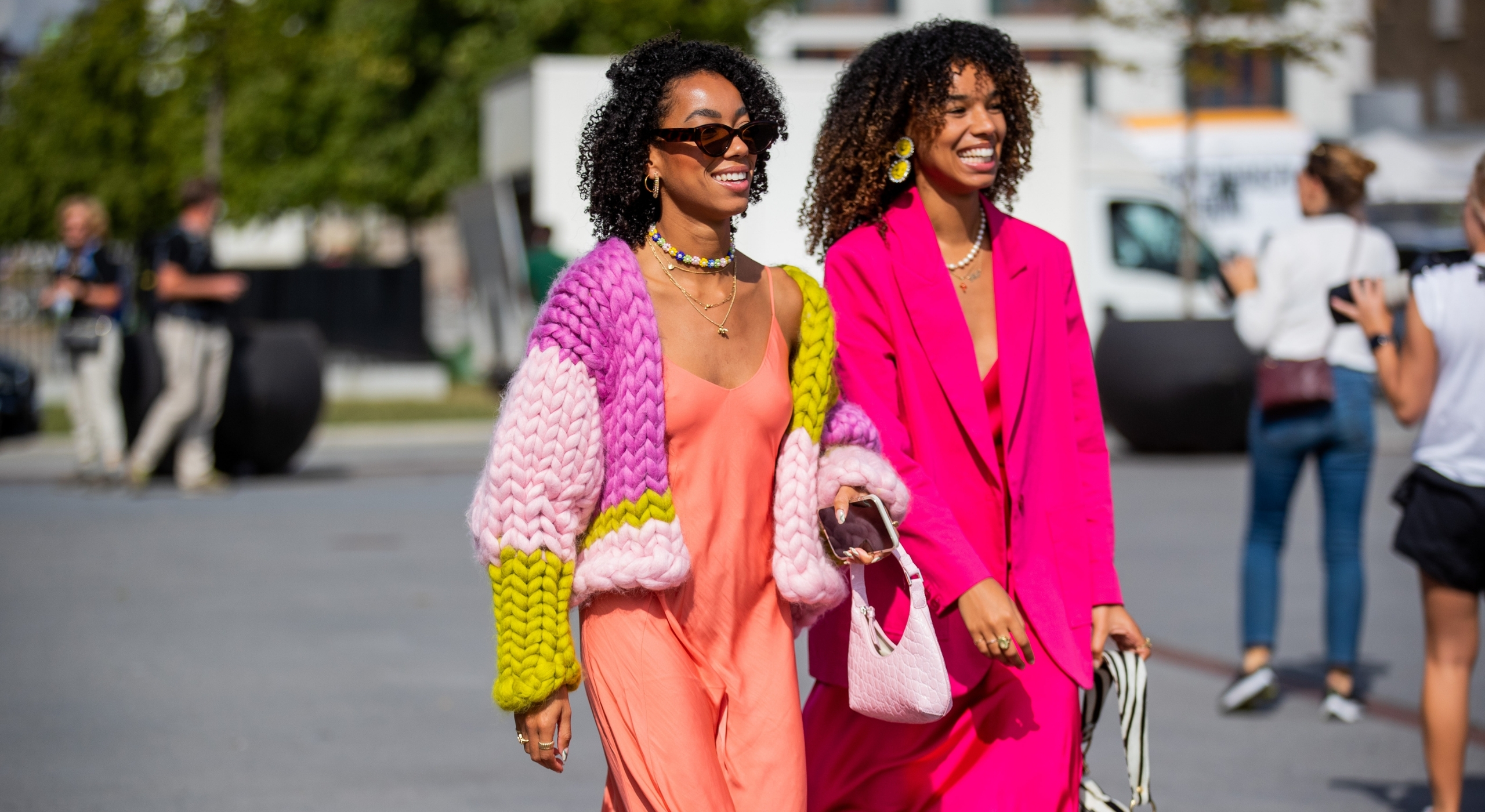


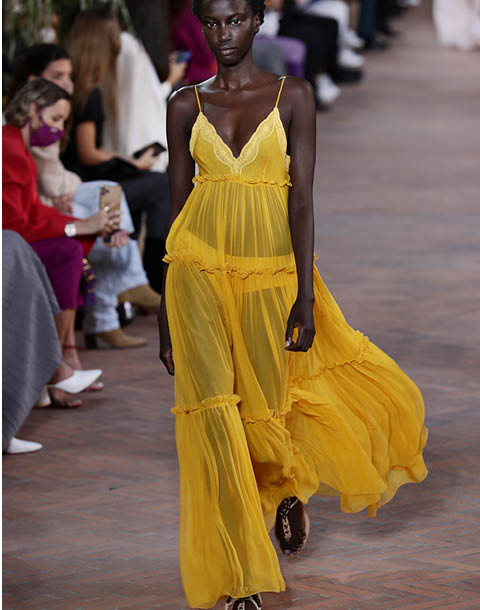
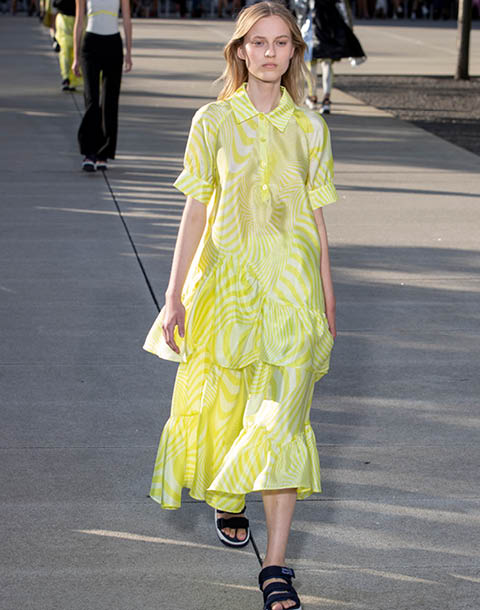
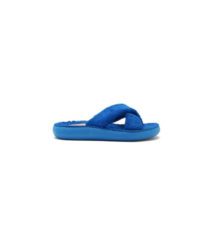

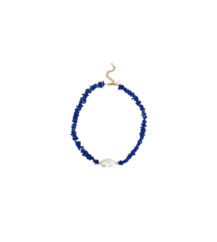
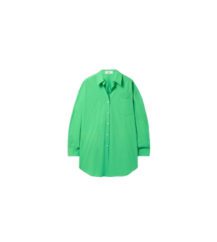
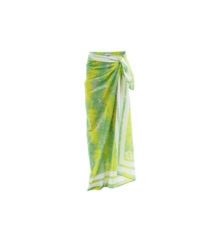
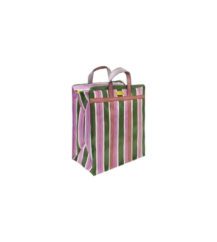
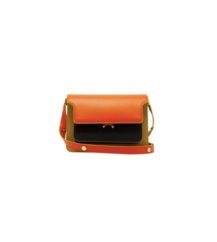

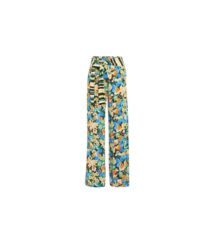

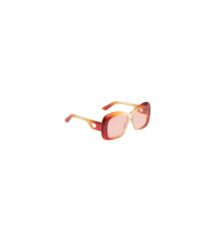
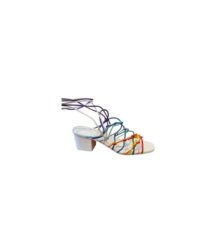




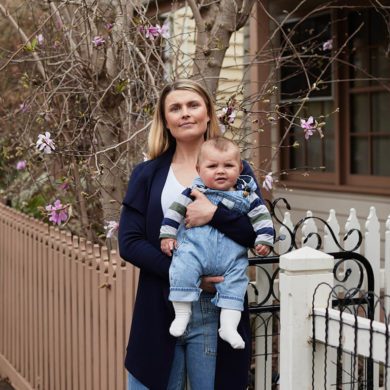
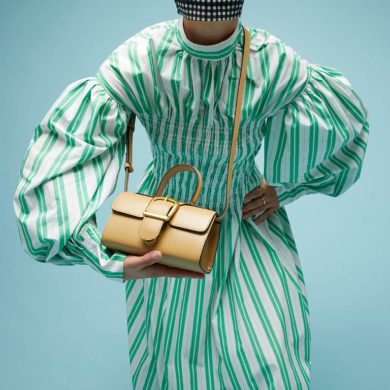
No Comments